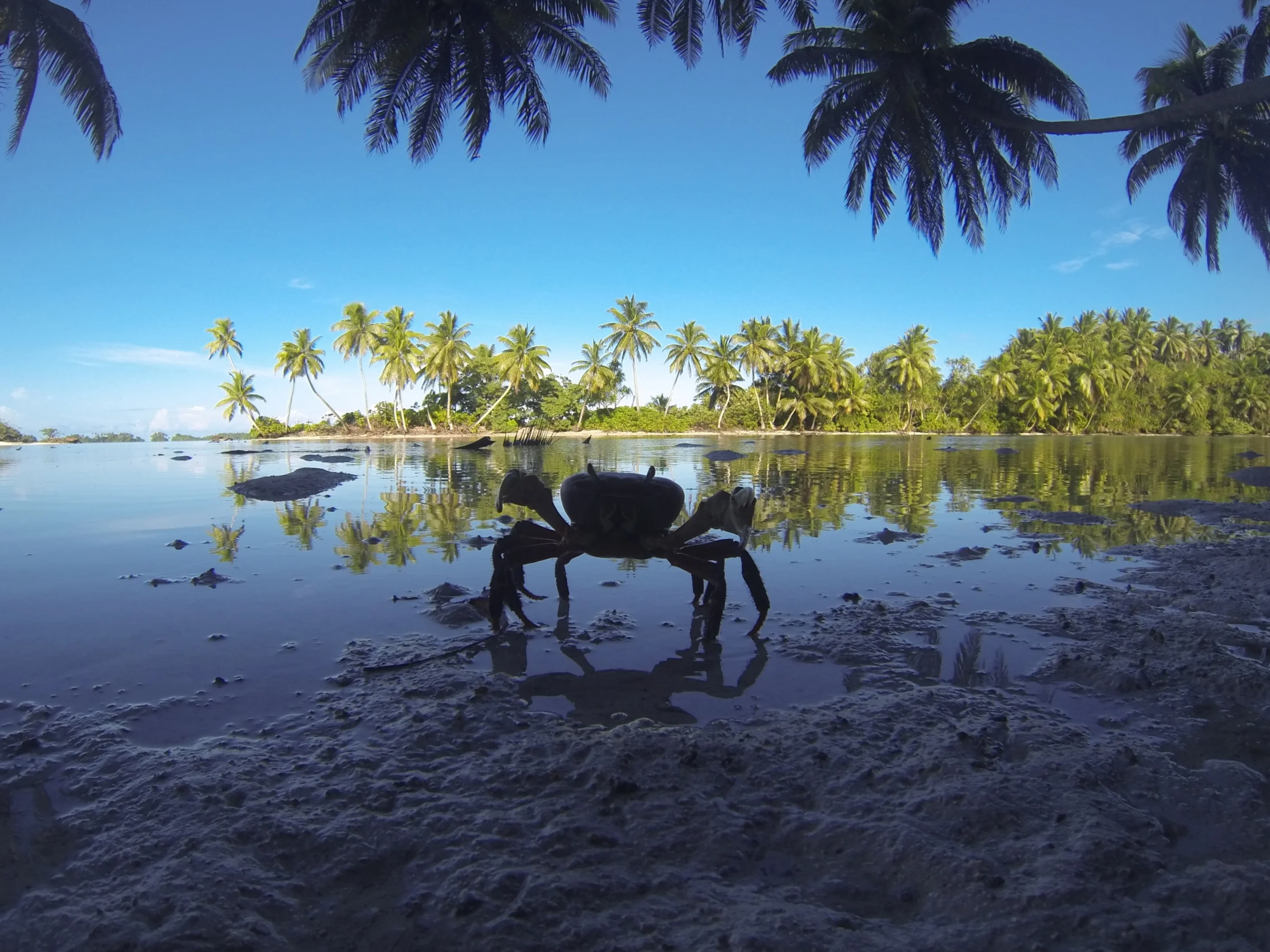Field Work
As a scientist and communicator, I travel to some of the most remote islands on earth, to investigate how climate change impacts coral reefs. It's been my job to think about how corals grow in beautiful places. The trips are long hours and hard physical labor. But the rewards are working in small teams of amazing scientists and filmmakers, connecting with local communities, and immersing in wild places.
Palmyra Atoll
A US territory held over from WWII, Palmyra is part of the Line Islands, near the equator in the central Pacific. It is seasonally inhabited only by scientists and donors, not to mention as many crabs and birds and spiders as you can fit on a tiny atoll. Palmyra is a fascinating place to study climate change, without many of the other human impacts that plague most coral reefs (fishing, pollution, etc). All of my dissertation research is based here.
Photo credit: Keith Ellenbogen
Phoenix Islands
One of the largest marine protected areas in the world, the Phoenix Islands are part of the nation of Kiribati. Kiribati has recently become famous as one of the first countries to lose to sea level rise. The nation has bought land in Fiji to relocate its people in the future. Most of the Phoenix Islands are uninhabited, however, and have been hit hard with rising sea temperatures. I traveled there as a first year PhD student, in collaboration with the New England Aquarium. It was a gorgeous place with more huge fish than I'd ever seen.
Photo credit: Brian Zgliczynski
Curacao
Curacao is part of the ABC islands (Aruba, Bonaire, Curacao) in the Caribbean, not too far from Venezuela. It's one of the most intact Caribbean reefs with a wide variety of habitats. I traveled to this site to help a friend and colleague, Cara Simonsen, with her Master's research. We also used this as an opportunity to bring along the PhD Comics team to film a few short videos. More about that here.
Maldives
Located in the Indian Ocean, the Maldives is a country of hundreds of tiny islands. The islands range from uninhabited brush to local communities to high end resorts. We traveled to these islands in collaboration with IUCN to map out the island communities both above and under the water.




